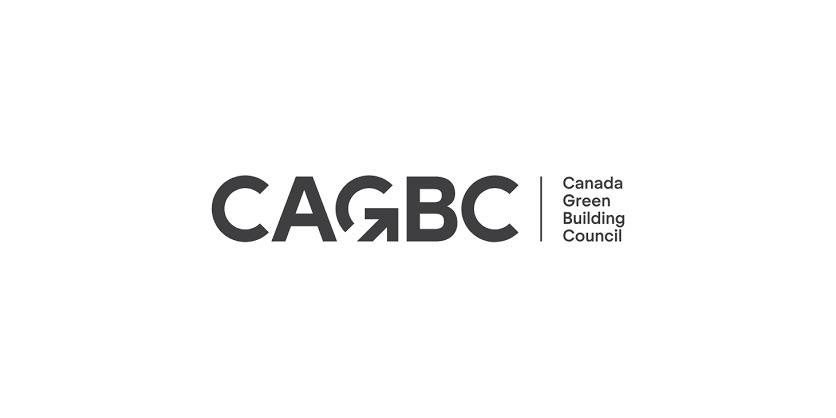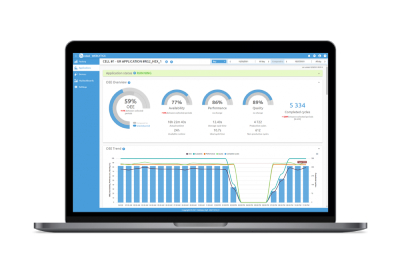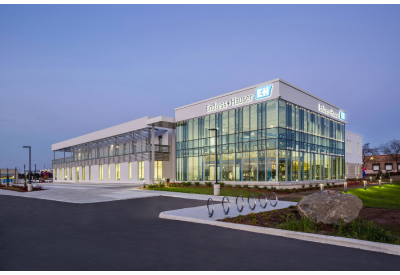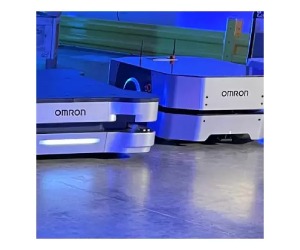Federal Government’s Clean Technology Investment Tax Credit Sweetens the Pot
August 1, 2024

The Clean Technology ITC may be used retroactively for eligible equipment put into operation as early as March 28, 2023
The federal government is spurring investment in the transition to a low-carbon economy. On June 21, 2024, the Government of Canada launched its first Clean Economy Investment Tax Credits (ITCs), representing $93 billion in federal incentives by 2034-2035. Through this initiative, investment in innovations will include five ITCs for: Clean Technology, Carbon Capture, Utilization and Storage (CCUS), Clean Technology Manufacturing, Clean Hydrogen, and a soon to be released ITC for Clean Electricity this fall.
Most notably for the Canadian building sector, the Clean Technology ITC is a refundable tax credit of up to 30 percent of the capital invested in the adoption and operation of new clean technology (CT) property. The ITC may be used retroactively for eligible equipment put into operation as early as March 28, 2023. This credit will be reduced to 15 percent for equipment put into service in 2034 and will not be available for equipment put into service after the end of that year.
The Clean Technology ITC applies to heat pumps (both air-source and ground-source heat pumps), clean electricity generation such as wind turbines and solar PV, solar thermal, stationary electrical energy storage, and non-road zero-emission vehicles (i.e., heavy-duty construction machinery) and charging equipment.
The Canadian Revenue Agency (CRA) is responsible for administering the Clean Technology ITC, while Natural Resources Canada (NRCan) provides engineering and scientific guidance on what qualifies as a clean technology property. The equipment must be situated in and intended for use exclusively in Canada. Only the taxable Canadian corporation or real estate investment trusts can access the currently released ITCs, providing critical support to those investing capital in specified clean technologies in Canada.
These refundable tax credits for clean technology serve as yet another lever for lowering the capital costs of acquiring, developing and/or operating green, zero -carbon buildings. While the provision is intended to facilitate transfers of clean technology property within corporate groups, the relief will not be available to partnerships and real estate investment trusts within a corporate group.
Related Story
Government of Canada Launches the First Clean Economy Investment Tax Credits
As countries around the world race to seize the economic opportunities associated with a net-zero future, the Government of Canada is taking bold action to ensure Canadian workers and industry succeed. The Clean Economy Investment Tax Credits (ITCs), representing $93 billion in federal incentives by 2034–35, will play an essential role in attracting investment, supporting Canadian innovation, creating jobs and driving Canada’s economy toward net zero by 2050.
On June 21, the Honourable Jonathan Wilkinson, Minister of Energy and Natural Resources, and the Honourable Marie-Claude Bibeau, Minister of National Revenue, announced the passing into law of the first four Clean Economy Investment Tax Credits: the Clean Technology ITC, the Carbon Capture, Utilization and Storage (CCUS) ITC, the Clean Technology Manufacturing ITC, and the Clean Hydrogen ITC.



